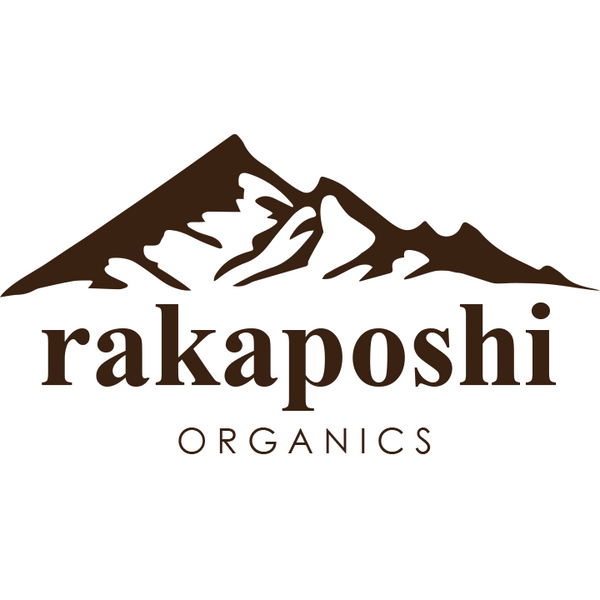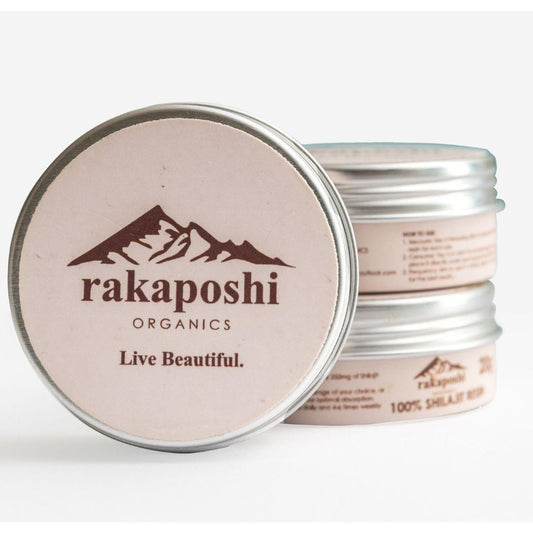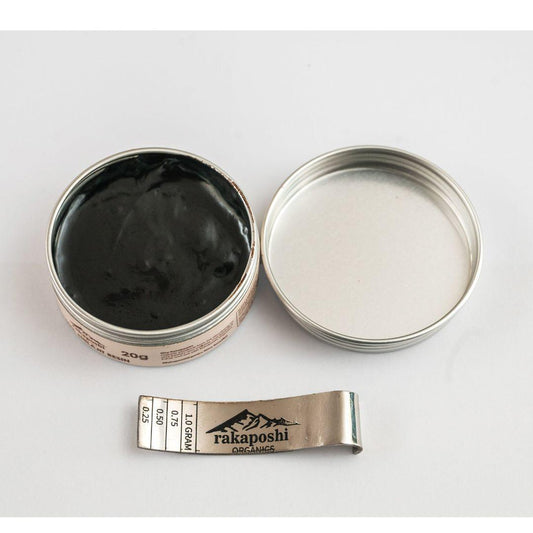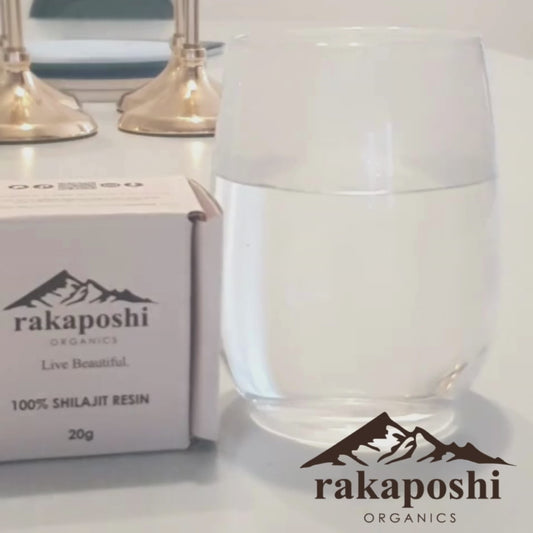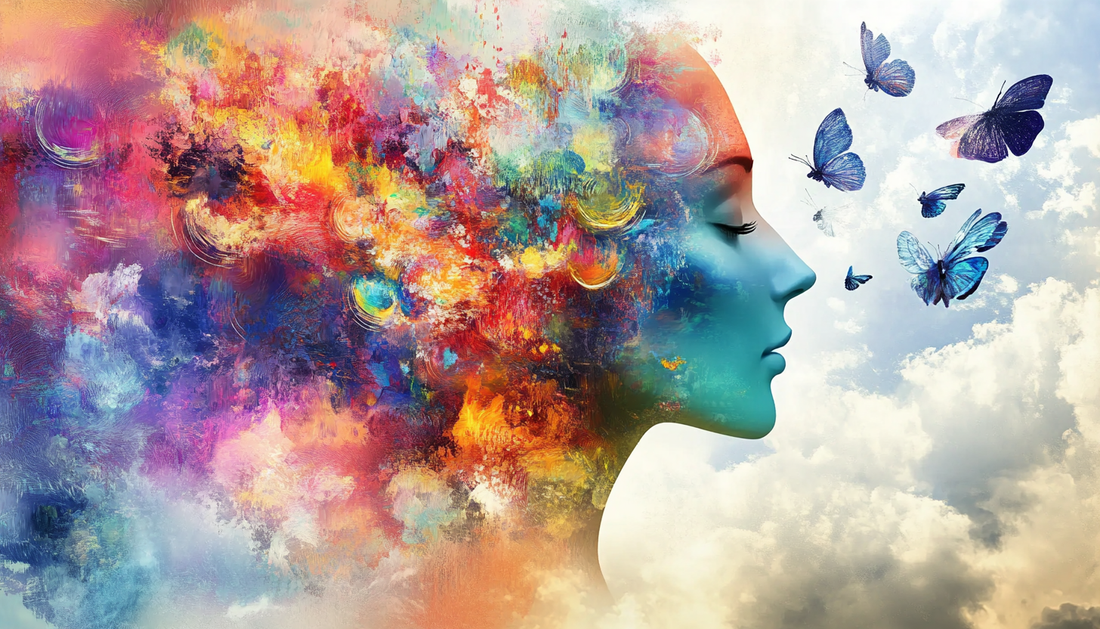
Healing Through Art: Unlocking the Power of Creativity for Mind, Body, and Soul
Share
The Transformative Power of Creativity
Creativity is more than just a means of self-expression; it’s a powerful pathway to healing, resilience, and growth. In challenging times, creative outlets like art, music, and writing can provide comfort, foster hope, and nurture the soul. Whether you’re painting, composing music, or journaling your thoughts, these activities help unlock emotional healing and offer a profound sense of connection to yourself and the world around you.
The Power of Art: Expressing What Words Cannot
Art allows individuals to convey emotions and experiences that words often fail to capture. Whether through painting, drawing, or sculpting, the creative process becomes a visual language for self-expression and exploration.
1. Art as Therapy
Art therapy, a recognized practice, leverages the creative process to:
- Develop self-awareness.
- Cope with stress and anxiety.
- Improve self-esteem.
For those who struggle to articulate their emotions verbally, art provides a nonverbal outlet, offering relief and clarity.
2. Relaxation and Reflection
The act of creating—whether doodling or crafting a masterpiece—induces a meditative state. This fosters relaxation, reduces stress, and promotes self-reflection, enhancing emotional intelligence and mental well-being.
Related Post: Harmony From Within: Understanding the Cycles That Shape Our Daily Lives
Music as Medicine: The Healing Power of Sound
Music transcends cultural and linguistic barriers, speaking directly to the heart and soul. Its therapeutic potential makes it a universal tool for healing.
1. Emotional Release and Mood Boosting
Listening to or creating music has been shown to:
- Reduce anxiety and depression.
- Evoke positive emotions and memories.
- Provide distraction from physical pain or emotional distress.
2. Physiological Benefits
Music influences the body, helping to regulate:
- Heart rate.
- Breathing patterns.
- Blood pressure.
These physiological changes foster relaxation and reduce stress, enhancing both physical and emotional well-being.
3. Building Community Through Music
Group activities like choir singing or drum circles create opportunities for connection and belonging, combating feelings of isolation and promoting joy.
Related Post: Timeless Wisdom for Mental Clarity: Ancient Himalayan Practices for Modern Wellness
The Healing Power of Writing: Words for Clarity and Growth
Writing is one of the most personal and introspective forms of creative expression. Whether through journaling, poetry, or memoirs, putting pen to paper provides:
1. Catharsis and Clarity
Writing allows individuals to process emotions, gain insights, and make sense of their experiences. It serves as a safe space for expressing thoughts and emotions.
2. Narrative Healing
Through storytelling, individuals can reclaim their narrative, reframing challenges as opportunities for growth and resilience.
3. Empowerment
By giving form to their inner world, individuals gain a sense of control and empowerment, fostering healing and transformation.
Related Post: Everyday Biohacking: The Art and Science of Living an Elevated Life
Creative Therapies: Unlocking the Soul’s Potential
Art, music, and writing are widely used in therapy to address a variety of mental health concerns, including anxiety, depression, trauma, and addiction. These practices provide a safe, nonjudgmental space for exploration and healing.
1. Art Therapy
Activities like drawing or painting help individuals visually represent emotions and explore their inner world.
2. Music Therapy
Creating or listening to music can serve as a medium for emotional release, relaxation, and connection.
3. Writing Therapy
Through expressive writing, individuals can process traumatic experiences, identify patterns, and discover paths to healing.
Incorporating Creativity into Everyday Life
You don’t need to be an artist, musician, or writer to reap the benefits of creativity. Simple, consistent creative practices can profoundly impact your mental and emotional well-being:
- Art: Sketch or color as a calming activity.
- Music: Listen to soothing playlists or create your own music.
- Writing: Keep a journal to process your thoughts and emotions.
The goal is to find a creative outlet that resonates with you and make it part of your routine. Even a few minutes a day can make a significant difference in reducing stress and promoting joy.
Related Post: Finding Purpose Through Connection with Nature: Lessons from the Kho Tribes of Chitral
Finding Connection Through Creativity
Creativity has the power to connect individuals across cultures, languages, and experiences. Participating in group activities such as art classes, writing workshops, or musical performances fosters:
- Community: Build meaningful relationships.
- Support: Share experiences in a safe space.
- Belonging: Strengthen bonds through shared creative pursuits.
Embrace Creativity as a Tool for Healing
Creativity is a profound and accessible tool for healing, self-discovery, and resilience. By engaging in art, music, and writing, you can explore your emotions, connect with your soul, and find empowerment in the act of creation.
Let creativity guide you toward clarity, connection, and growth. Embrace its transformative power to unlock your full potential.
